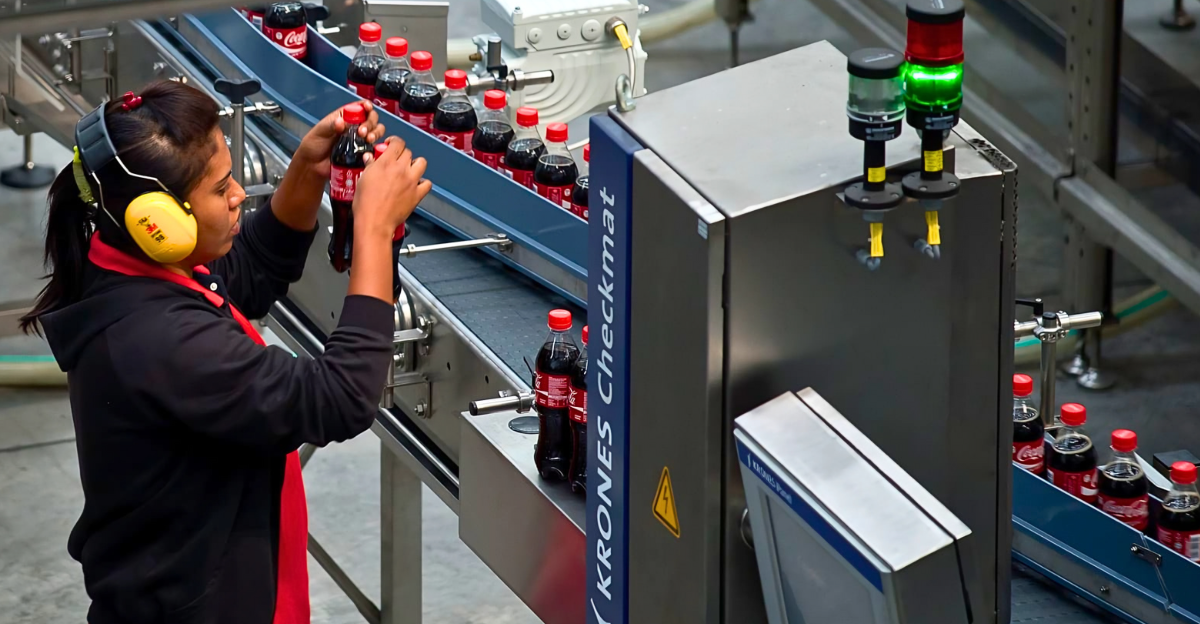
Everyone knows Coca-Cola. Its red-and-white logo is everywhere, including in diners and stadiums worldwide. But beneath the familiar fizz, radical shifts are happening for the brand in the US.
Several Coca-Cola plants will close their doors this summer, impacting workers and surrounding communities. Why the change? And what does it mean for the company’s future? Let’s break it down step by step.
A Changing Business Landscape
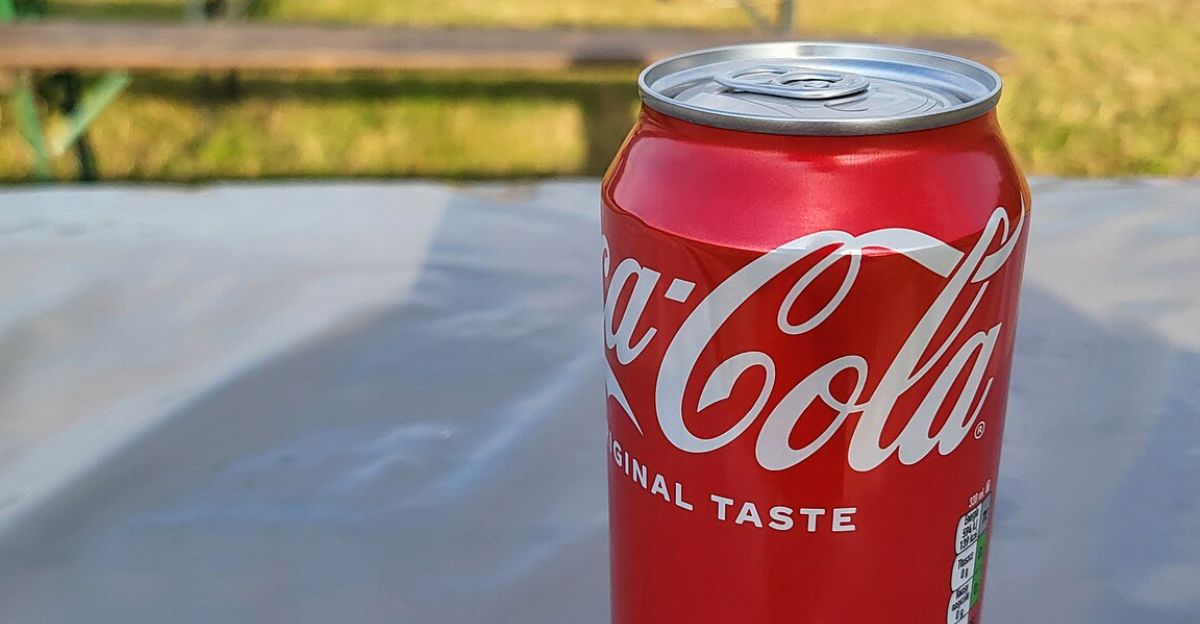
For Coca-Cola, it’s no longer just about selling sodas. Over the years, the company has had to contend with new market pressures, such as shifting consumer behavior and increased expenses.
It has been examining where and how its beverages are produced to remain strong. This change isn’t happening overnight: it’s the result of decades of planning and adjusting to an evolving business landscape.
Moving Away from Old Ways
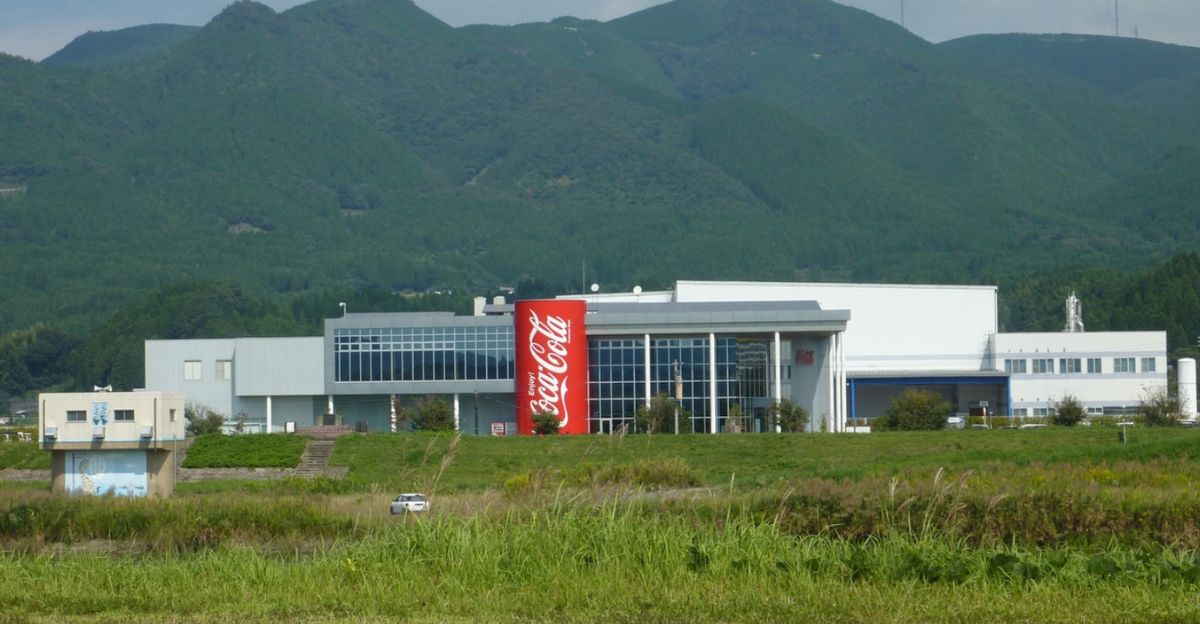
For years, Coca-Cola managed every stage of production and distribution within its own company, handling all operations itself. Although this afforded the company maximum control, it also meant maximum costs and bureaucracy.
As competition increased, Coca-Cola recognized it needed to be more agile and less focused on controlling every aspect of production.
Why Factories Are Closing
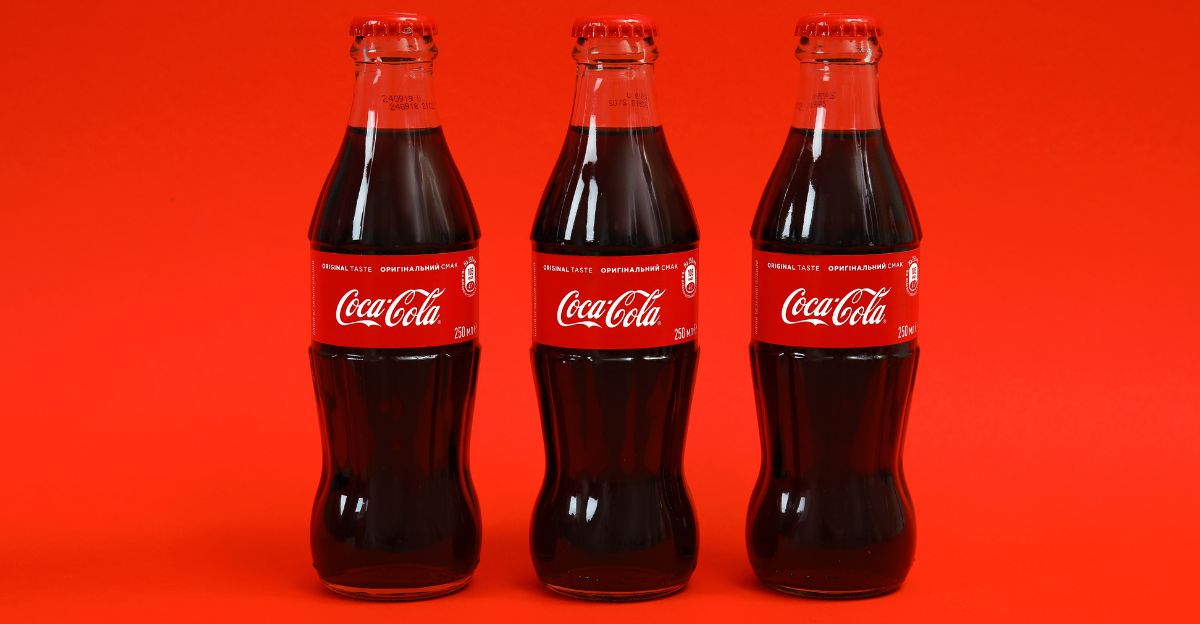
Rather than doing everything in-house, Coca-Cola is outsourcing more work to specialist partners. The partners can do the work more quickly and cheaply by using newer machines and fewer workers.
By outsourcing to these third parties, Coca-Cola is allowing itself to do what it does best: branding, advertising, and product development.
The California Plant Story
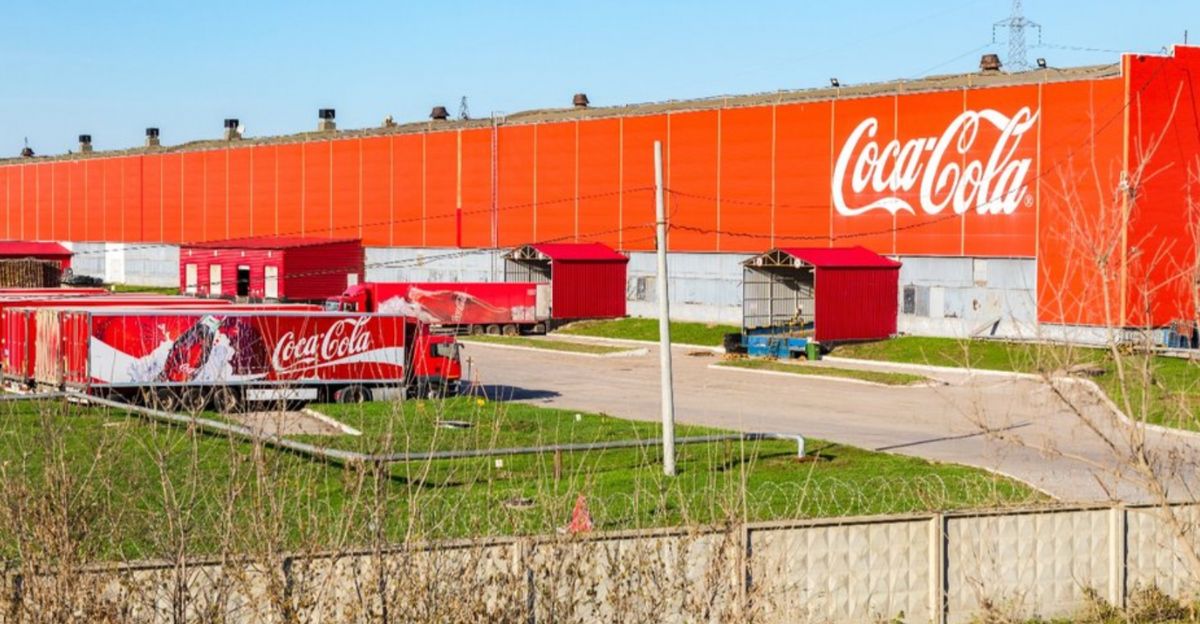
A major closure is the American Canyon, California, bottling plant, along with additional facilities in Modesto and Salinas.
American Canyon stopped bottling on June 30, and its warehouse will close on Dec. 31. About 135 workers there lost their jobs.
In Modesto, 101 workers will be laid off by January 2025, and Salinas will lose 81 jobs by August. Several staff members will remain a bit longer to assist in the transition, but the majority will be let go. They will receive assistance with finding new employment and severance pay.
Not an Isolated Case
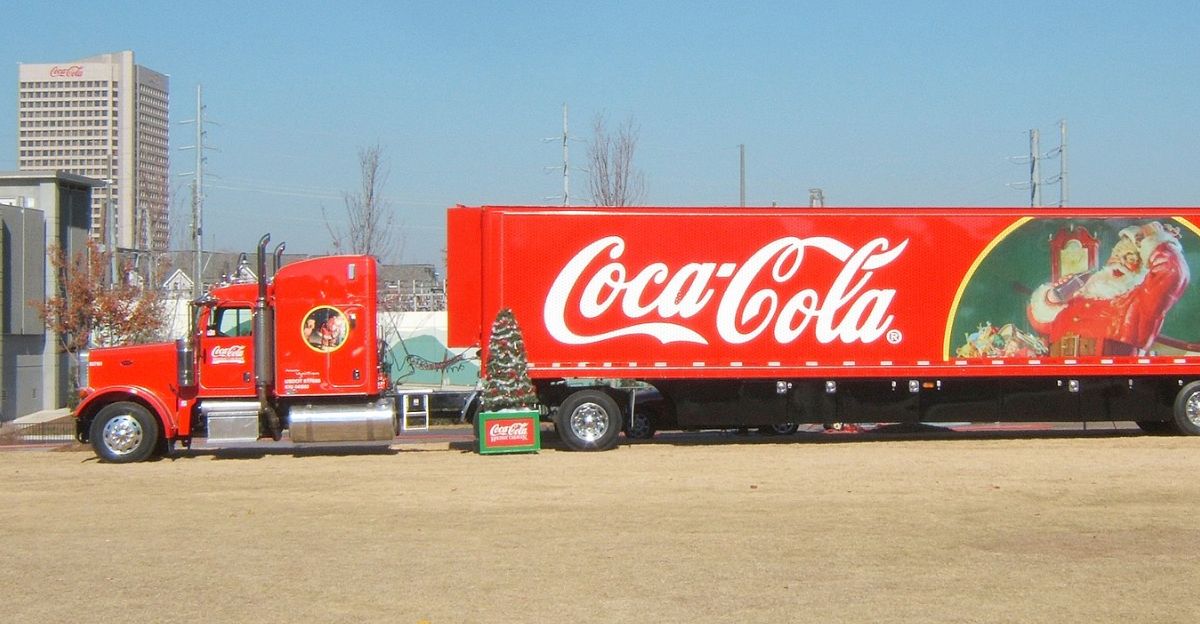
The California closures are not the only ones. Coca-Cola is also closing its Dunedin, Florida facility, affecting about 200 workers, and its Northampton, Massachusetts plant, impacting 319 workers.
Both closures were originally slated for 2023, but were delayed. Taken together, these moves are part of a bigger plan that has been in the works since the company’s massive restructuring announced in 2020.
A Broader Downsizing Strategy
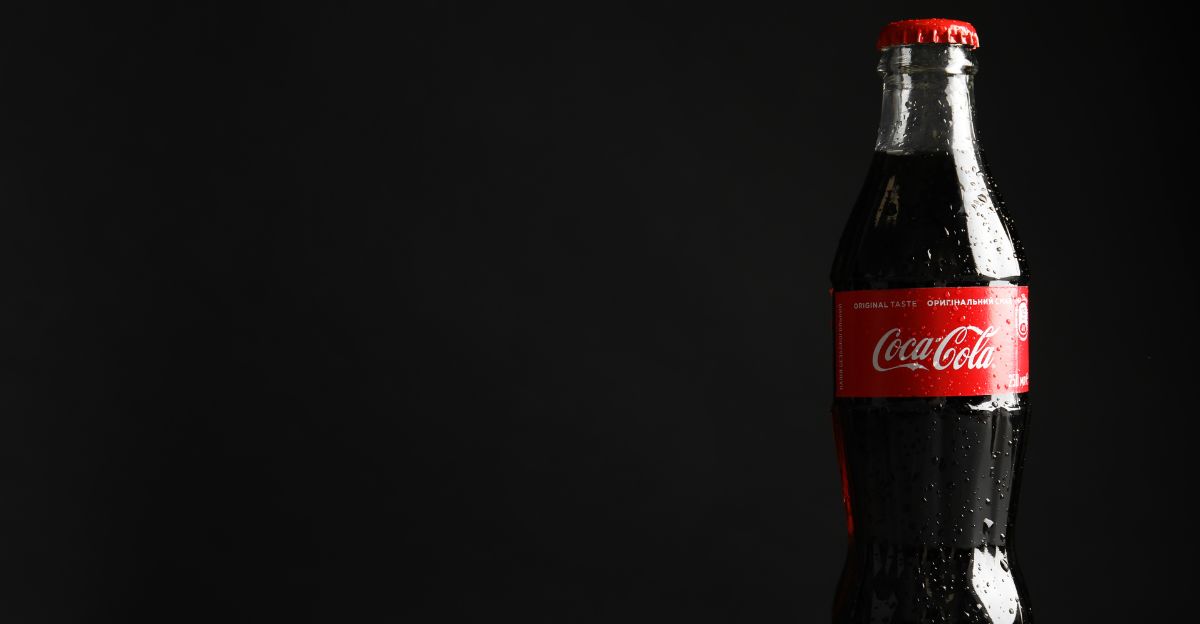
In 2020, Coca-Cola announced a worldwide strategy to eliminate around 2,200 positions and discontinue about 200 brands. The strategy was to streamline the business and focus on its core, most lucrative and successful brands.
The US factory closures are included in this strategy, which aligns with Coca-Cola’s ongoing drive to focus on efficiency and fundamentals.
Impact on Workers

Job loss is a critical issue for affected employees and their families. Although Coca-Cola is providing job placement assistance and termination benefits, their employment future remains uncertain.
The majority of employees are worried about finding new local jobs, especially as factory work declines in some regions.
Local Economic Effects
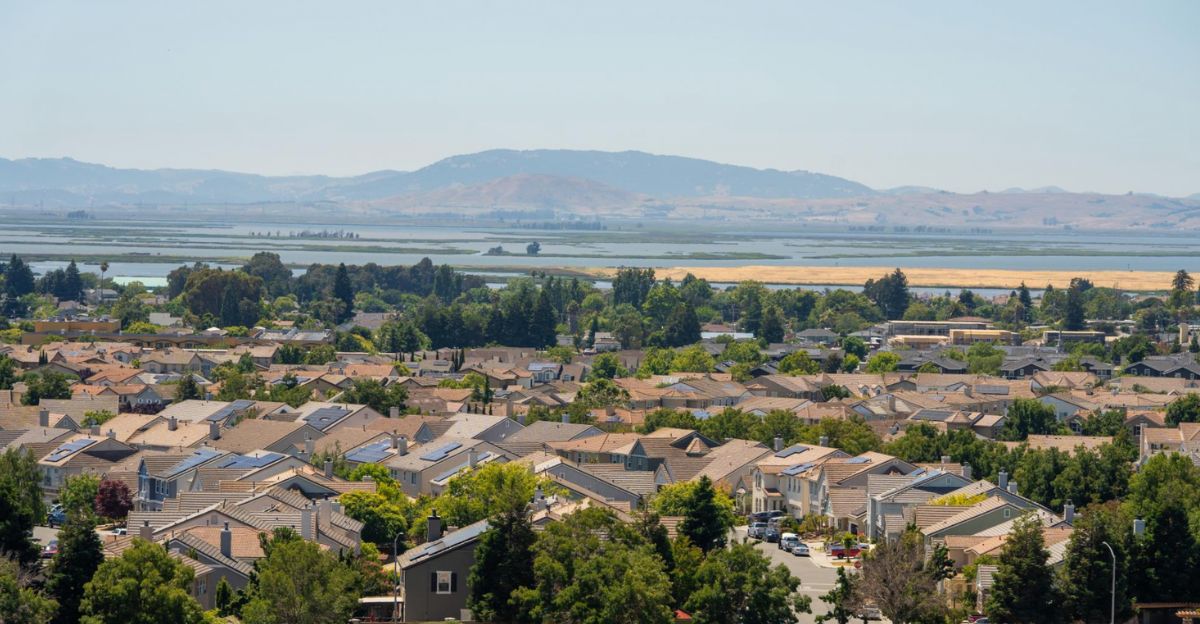
When a big plant shuts down, it’s not only workers who are affected. It’s entire communities. Suppliers in the local area, small businesses, and services all take a hit. In American Canyon, the shutdown strains a local economy already weakened by broader economic changes.
What Happens to Production
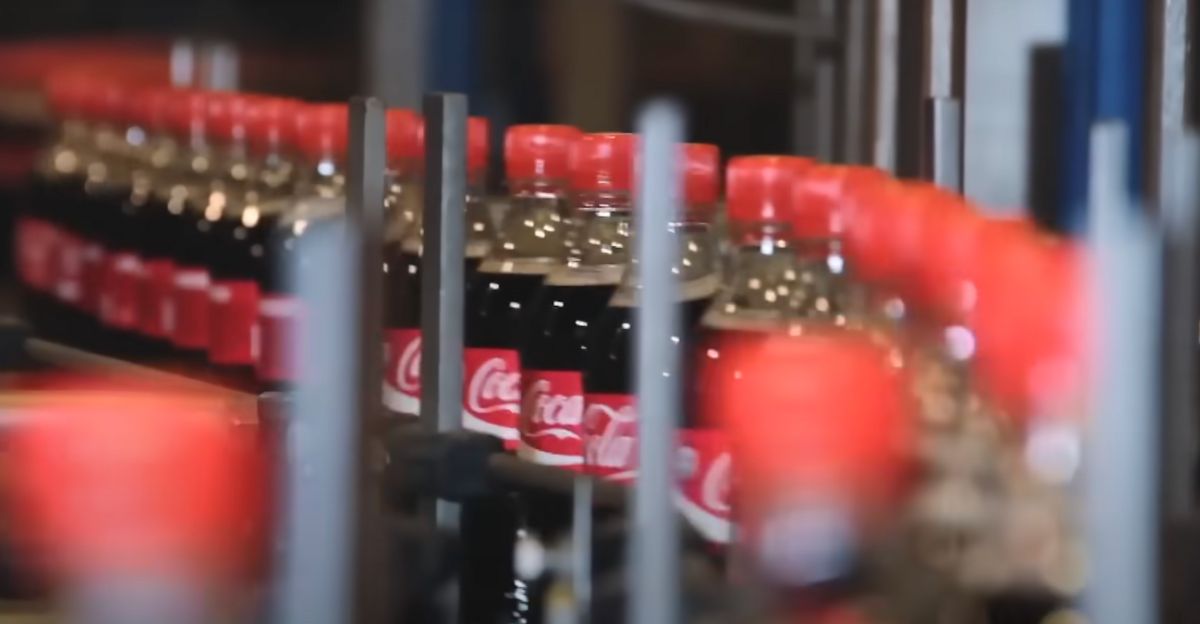
Production at the closed factories will continue elsewhere. Rather, it will shift to third-party ‘co-packers’. They are the bottling and packing specialists for major brands.
The model enables Coca-Cola to have its drinks stocked in the stores without owning the factories, saving money and allowing more investment in growth opportunities.
A Focus on Marketing
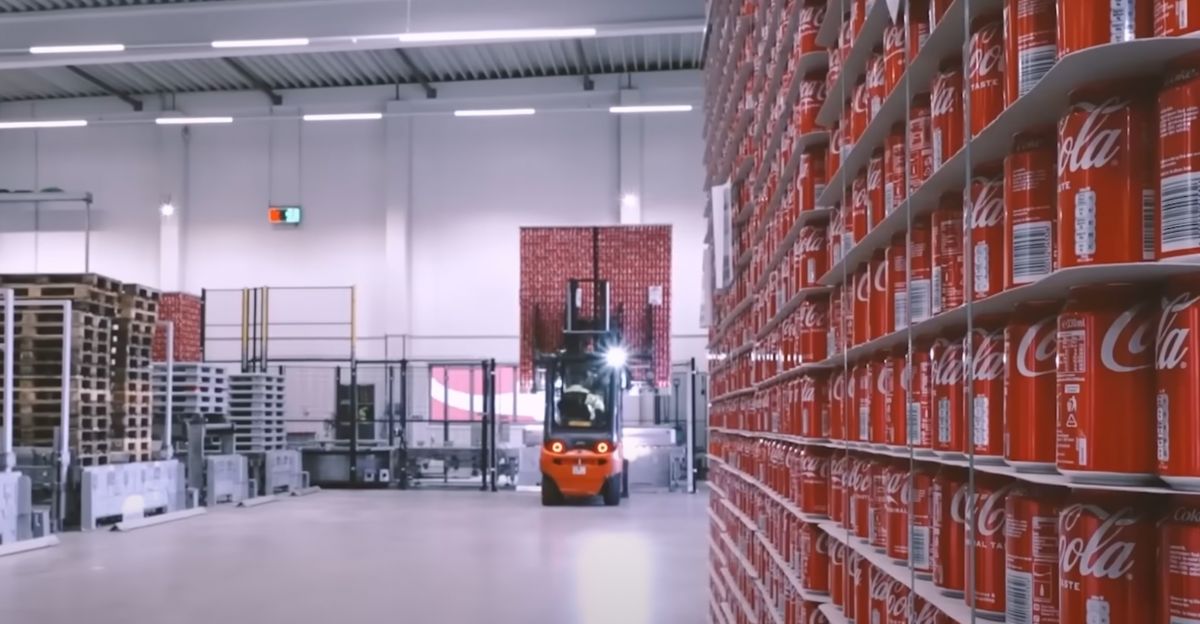
With manufacturing outsourced, Coca-Cola intends to focus further on advertising and creating new flavors.
The company has always had excellent advertising campaigns, such as holiday trucks and polar bears, and aims to build on that advantage while leaving manufacturing to partners.
Preparing for Future Trends
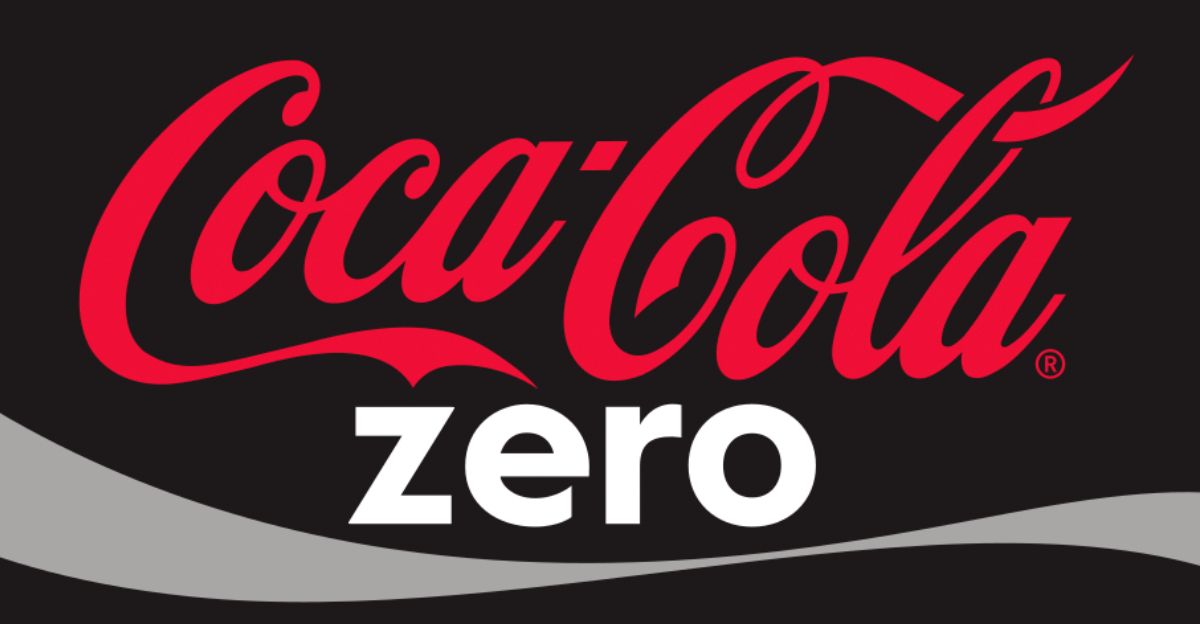
Consumer preferences are changing, with more consumers seeking lower-sugar drinks, alternative flavors, and even non-alcoholic beverages.
By restructuring operations and focusing on innovation, Coca-Cola is hoping to implement needed changes quickly. Shifting production is a step toward preparing for a future where flexibility is key.
The Bigger Picture
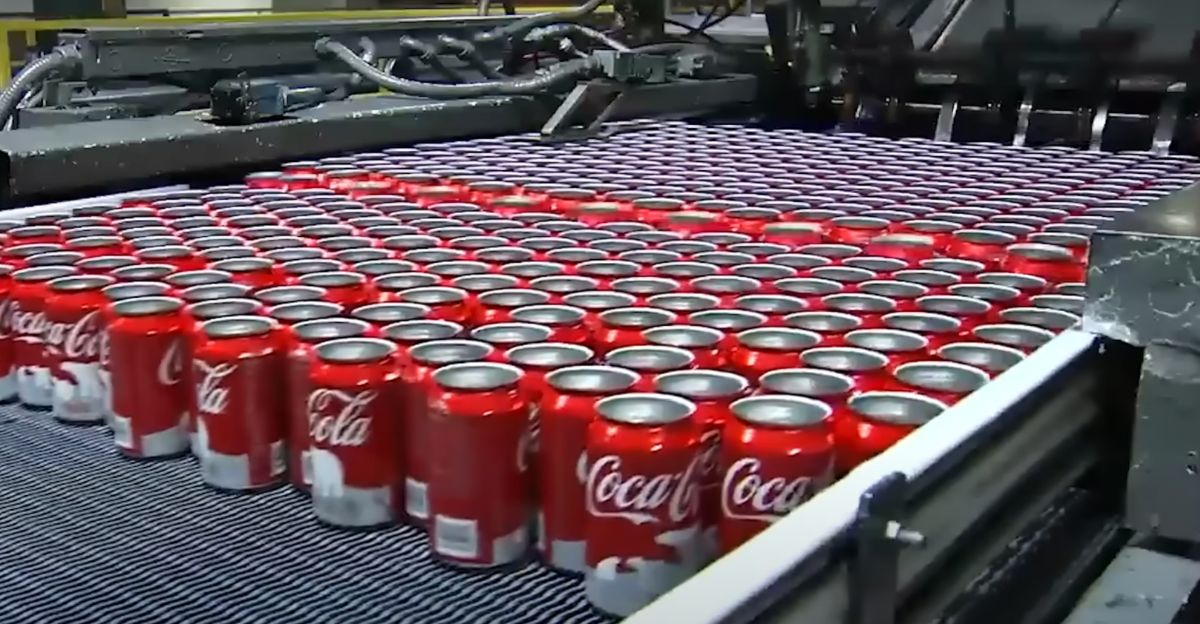
Although factory shutdowns are bad news for impacted workers and communities, they are a part of Coca-Cola’s bigger shift toward a leaner, more agile company.
The company aims to remain robust in a competitive market. Many large corporations are doing this to stay profitable and ahead of the competition.
Looking Ahead

Coca-Cola’s closures and outsourcing strategy represent a significant pivotal moment. While the corporation divests direct manufacture in specific locations, it will not diminish its focus on brand strength and innovative efforts.
Although the short-term fallout is problematic, these adjustments reflect how even dominant brands must adapt to survive and grow.
